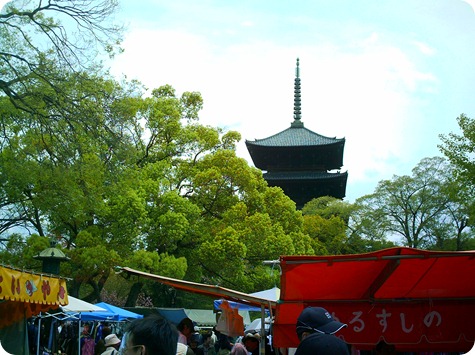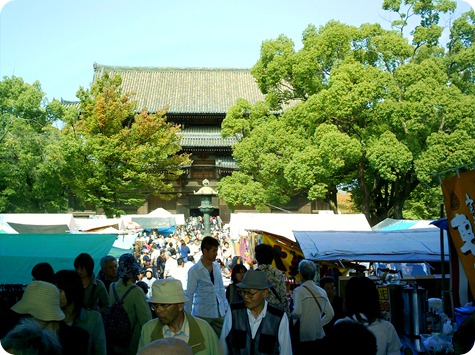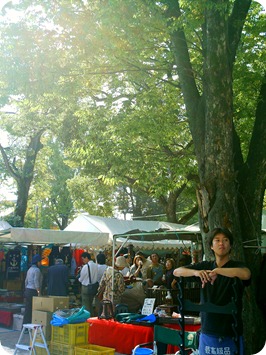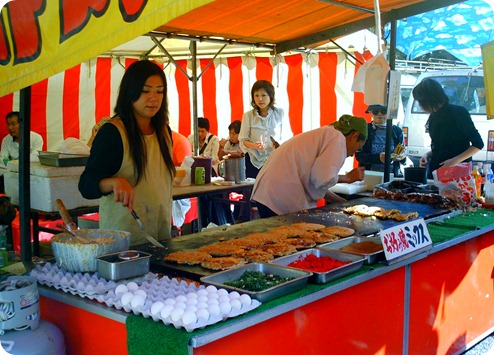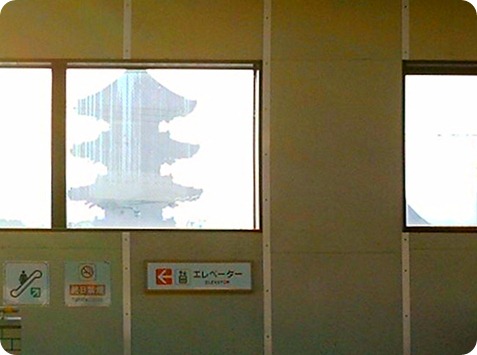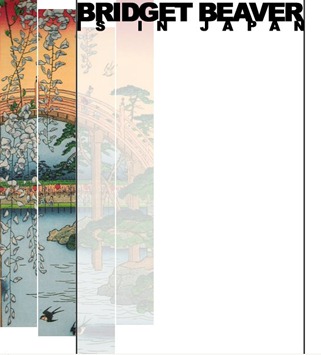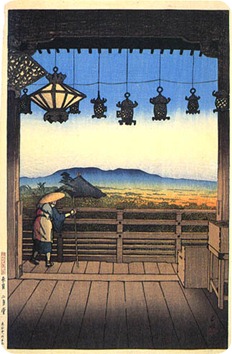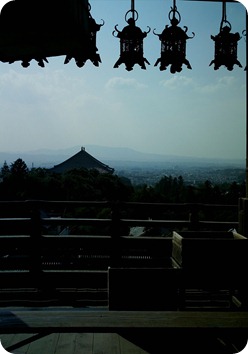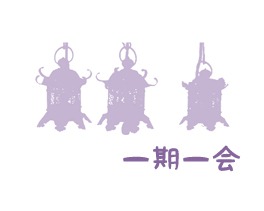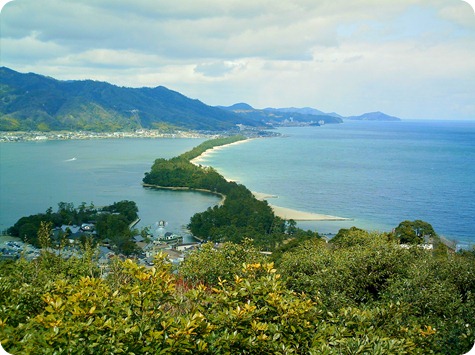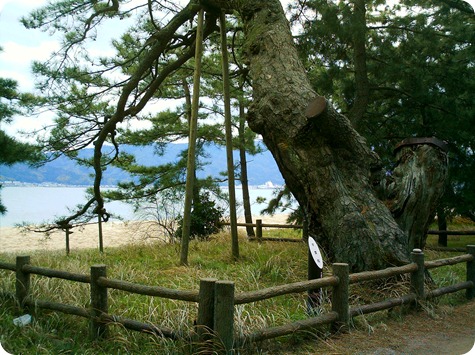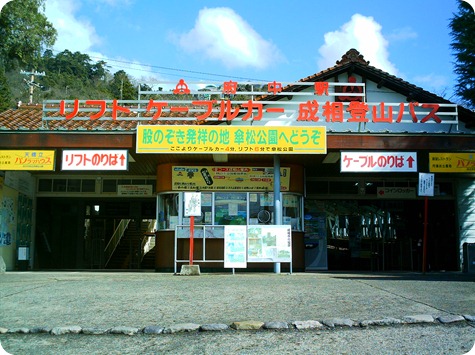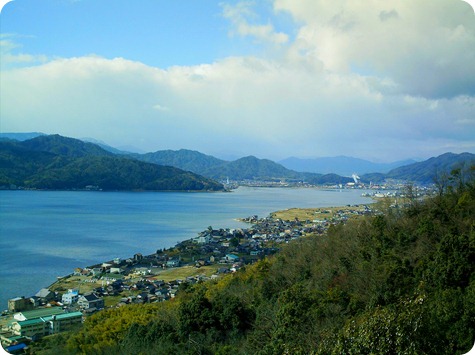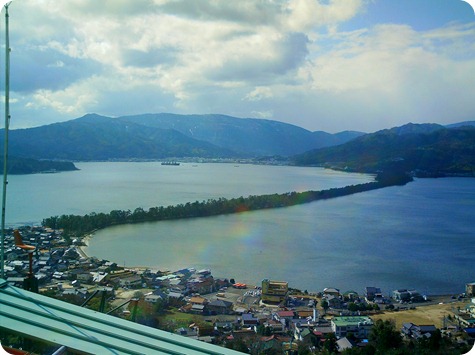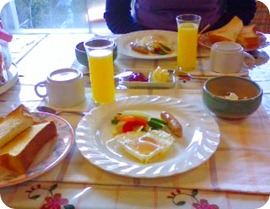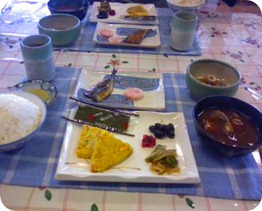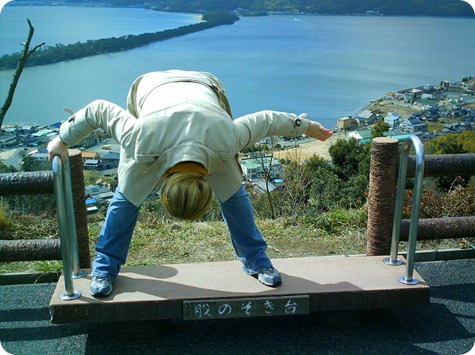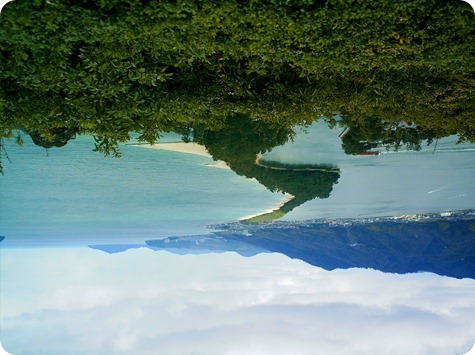If you´re ever in Kyoto on the 21st of any of the non-winter type months, get your butt over to Toji (東寺) for the Kobo-san flea market. Toji is the temple with its famous 5-storied pagoda, images of which show up in a lot of Japan travel literature.
The temple itself was designated by UNESCO as an “Ancient Treasure of Kyoto” Heritage site. I’m not 100% sure if that means it equates with a regular old World Heritage site, like Nikko or Himeji castle, but it’s still pretty cool.
The flea market is really good! You can find just about anything there, from mountains of used kimono (going for about upwards of 1000 yen, cheap!) to tea sets, jewelry, old coins, toy robots, you name it, they probably have it. Also, don’t be afraid to ask for a lower price. I got a kimono set for 3000 yen because the lady was impressed with the fact that I could haggle in Japanese. I also picked up some vintage beads and a homemade sinobue. I ended up spending about 7000 yen including transportation and food for the whole day. Not bad!
The flea market is named after Kobo Daishi (the posthumous name for Kukai) Who is said to have invented the syllabic Kana writing system (yay!), as well as founded Shingon Buddhism.
There are also lots of yummy Kansai-type foods at Kobo-san. Mmm.
Of course, scythes for all you grim-reaper types.
To get there, from Kyoto Station take the Kintetsu line to Toji station and walk up the street for 5 minutes. You can’t really miss it with that huge pagoda. You can also take the bus from Kyoto Station that says its going to 東寺東門 or 東寺南門. Either way, make sure you get there early enough to beat the rush. Happy shopping!

